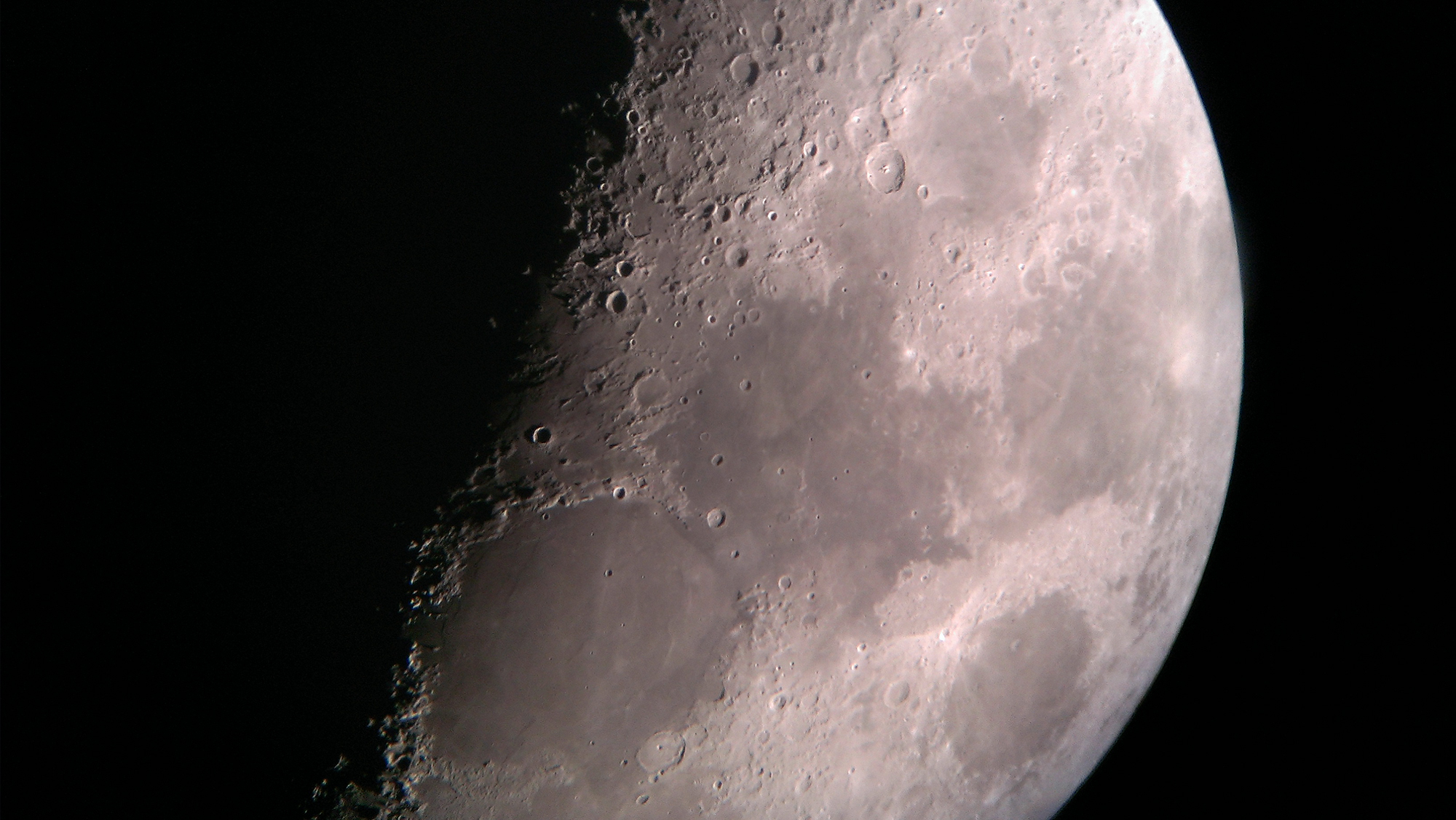Monday's Rare Supermoon Provides Unique Viewing Opportunity, Flooding Concerns
November 11, 2016
 The moon can appear as much as 14 percent bigger and 30 percent brighter during supermoon events
The moon can appear as much as 14 percent bigger and 30 percent brighter during supermoon events
On Monday, Nov. 14, the moon will be the biggest and brightest it has been since 1948.
For space enthusiasts, this represents a rare opportunity for lunar viewing (if the forecast is clear). For nervous tidal forecasters, the "king tides" that the supermoon creates can lead to flooding in coastal regions.
Because of the well-known vulnerability of the Hampton Roads area to coastal flooding, events like this are watched closely, says Larry Atkinson, Slover professor of oceanography at Old Dominion University.
First, an explanation of the so-called supermoon, courtesy of Justin Mason, director of Old Dominion's Pretlow Planetarium:
"The moon's orbit is elliptical and is sometimes further from the Earth and sometimes closer," Mason says. "Perigee is when the moon is at its closest approach to the Earth and will look bigger. The moon at this point can be approximately 30,000 miles closer than when it is at apogee," the furthest point.
During supermoon events such as Monday's, Mason said, the moon can appear as much as 14 percent bigger and 30 percent brighter.
The king tide is the highest predicted high tide of the year at a coastal location, surpassing the highest water level reached at high tide on an average day. King tides are also known as perigean spring tides.
As this tidal chart produced by the National Oceanic and Atmospheric Administration demonstrates, the effect of tides alone at the Sewells Point tidal station is projected to peak on the morning of Monday, Nov. 14 (the blue line). When weather conditions are added to the forecast, the highest water levels are forecast to arrive on Saturday (the dotted line).
"We are just fortunate that the front or whatever weather conditions happening on Saturday don't hit on Monday," Atkinson said.
Old Dominion researchers have pointed out repeatedly that southeastern Virginia is uniquely vulnerable to coastal flooding. Besides the sea level rise, which has been proved with decades of tidal gauge data, the land in southeastern Virginia is sinking. In addition, computer models of the Gulf Stream created by Old Dominion University oceanographer Tal Ezer and Atkinson demonstrate that its slowing current is piling up more water on the East Coast.
The three factors add up to making natural episodes such as king tides even worse.
"So even though this king tide appears to be sparing us the worst of the flooding, there will be others, and they'll bring even higher water levels," Atkinson said. "Forecasts show a king tide during even a calm day will see water all over Hampton Boulevard 30 years from now."
For more information about the king tides and climate change, see the U.S. Environmental Protection Agency website.
If the weather is clear, the staff of the Pretlow Planetarium will celebrate the supermoon by taking out some of its high-powered telescopes at 7:30 p.m., following the evening show.
"We'll hopefully get a chance to look at the supermoon with our telescopes afterwards. Right now, the forecast calls for clouds and rain. We have our fingers crossed that it clears up that night," Mason says.
For more information about the Pretlow Planetarium and its programming, and Monday's supermoon viewing (if weather permits), see the Planetarium website.

